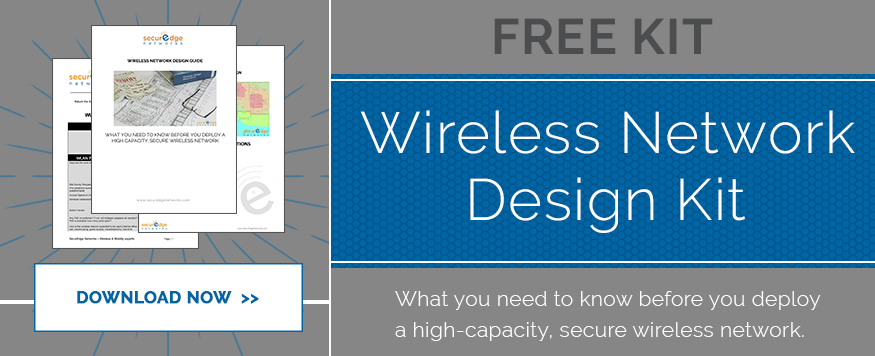
Today, higher education classrooms often revolve around the use of technology. However, with mobile and ed tech evolving at such a rapid pace, how do schools know what to plan for? How do colleges and universities adjust and grow their strategies to offer their students and faculty the technology they want and need?
Each year, the New Media Consortium (NMC) releases the Horizon Reports—something that lays out its vision for the future based on input from experts in the field. The reports cover libraries, museums, primary education and higher education.
How it Works
The Higher Ed Edition of the Horizon Report identifies six developing trends in educational technology. A panel of experts uses an intricate process that involves study, discussion and voting. According to the NMC Horizon Project, educational technology is, “tools and resources that are used to improve teaching, learning and creative inquiry”.
56 technology experts gather together from 17 countries to vote to narrow down the field of cited topics, and produce a timeline for when they believe the six key technologies will start to have an actual impact. The experts believe these developing trends will play a significant role in technology planning on campuses over the next five years.
The reports are meant to delve deeper into topics many people in the educational field may already be aware of, and help higher education institutions look at what they can plan for, and when to be ready to support these specific trends.
The 2015 Horizon Report: Educational Technology
The report, which was released in February, gives specific details and sources on what’s developing in technology in terms of the higher education environment. Some of the most pertinent information in the report included:

- Bring Your Own Device (BYOD) – 1 year or less: BYOD policies established in the corporate environment have created the blue-prints that both colleges and universities can replicate. This will allow the continued growth to support BYOD policies on our campuses for years to come.
- Flipped Classrooms – 1 year or less: Flipped learning has started to gain a lot of traction in K-12 education and now in Higher Education as well. The main benefit for implementing this new learning methodology is to allow large general level or “101” courses to offer its students an increased opportunity to collaborate and interact with their peers by adjusting traditional class times.
- Makerspaces – 2 to 3 years: Relatively new as a growing trend, makerspaces are steadily growing in popularity, allowing both the faculty and students to take advantage of a community environment where they can collaborate.
- Wearable Technology – 2 to 3 years: With the recent release of the Apple Watch it’s no surprise that wearable technology is one of the fastest growing and most visible trends in today’s campus environment. This kind of technology speaks directly to the “college-aged” demographic and as such will continue to see more and more demand.
- Adaptive Learning Techniques – 4 to 5 years: One of the most unique and potentially biggest “game-changers” has been the growth of adaptive learning. New analytics and methods to better track and tailor the education experience has helped pave the way for adaptive learning, allowing students customized instruction through greater access to digital/on-line course materials.
- The Internet of Things – 4 to 5 years: Everything seems to be connected these days and there seems to be no signs of slowing down. The internet of things or IoT is a world-wide industry that offers the largest most unknown potential at this point. Combining mobile, with software and new creative ways to use enhance our lives, colleges and universities will soon have the ability to empower their students with a learning experience that is unlike anything today.
You can read the Educational Technology for Higher Education segment in full, on pages 34-50, here.
Keeping your Campus on Course with Technology Trends
Higher Ed institution’s goals should be to explore these trends to decide which fit into their current technology strategies and future plans. Readying a campus for what’s to come is far easier than dealing with the issues that arise if you’re not prepared.
To properly implement any of these above mentioned trends your school must have a foundation that has the ability to adapt and grow with you. Your wireless infrastructure should support your goals and help you to be successful, not be a constant source of frustration. This is why campus-wide accessibility and connectivity will always require constant planning to get it right.






